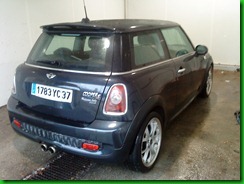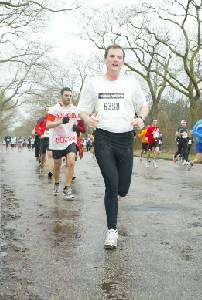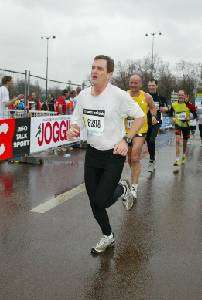I’ve done it again. I’ve signed up to run, at night, thru a forest, on rocky/muddy trails along with a lot of other crazy people. Of course, I paying an entrace fee to do this. And I’m just coming off a foot injury. Do you think this will be good for my feet and ankles?
This one is the Noctu trail at Rosny-sur-Seine on 1 Oct. It’s a 17k. Yesterday was my fisrt run in about 10 days. The foot injury was very mysterious. Two weeks ago on Saturday I went to the driving range but forgot my golf shoes and had to just hit balls wearing my deck shoes. After hitting about a thousand buckets of balls, I said to myself, hmm, the left side of my left foot hurts a bit, and then thought nothing of it. The next day, no pain, no problem, I went out for a nice 17k run thru the forest. That day and night, again no apparent problem. On Monday evening however I started to get some pain from the left side of my left foot. It even woke me up in the middle of the night. The rest of the week I was hobbling around. It was good enough to play golf on Saturday, so it wasn’t anything major, but I rested all this past week just to make sure that all was well. Yesterday on my short 35min run, I experienced no problem.
So I’ve got 13 days to prepare for this 17k race. Today I’ll go out for about 10k.



